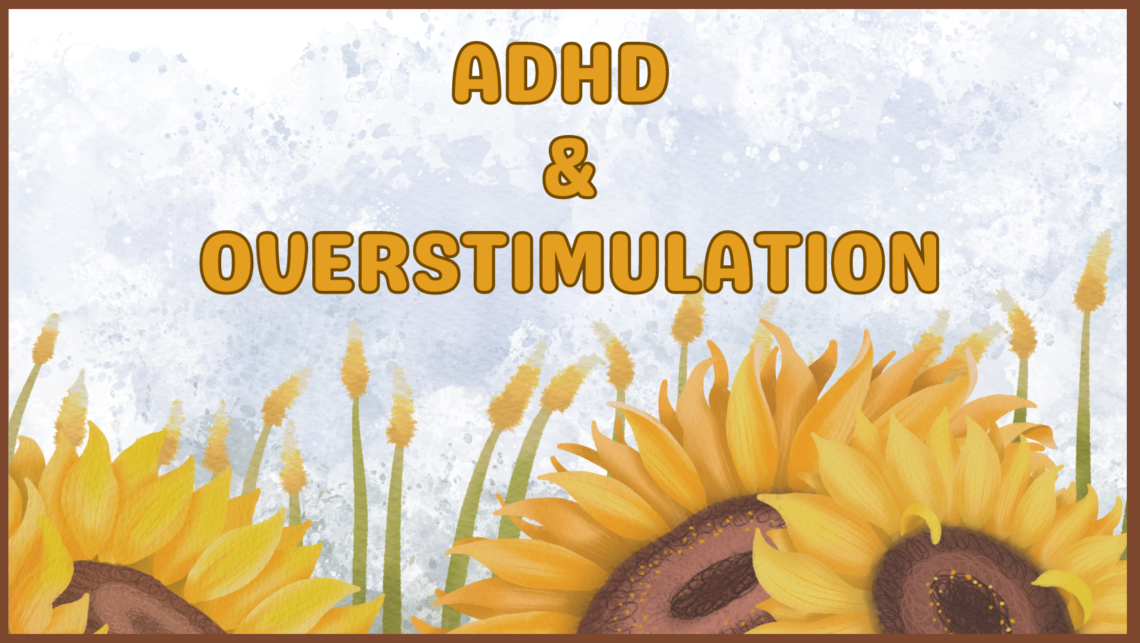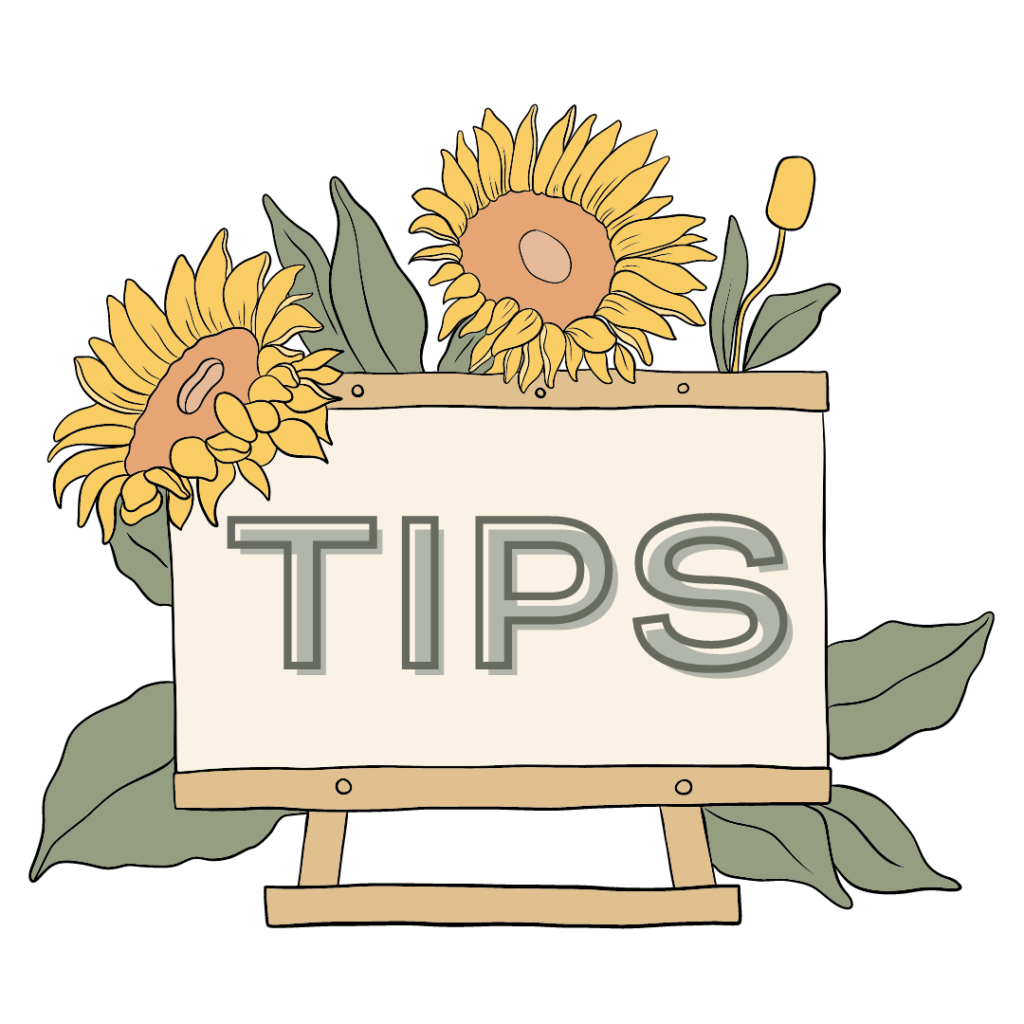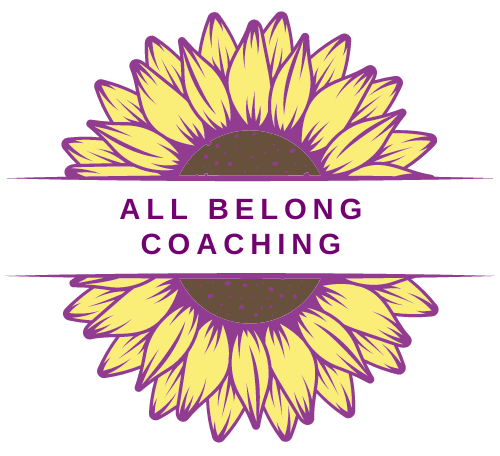ADHD Overstimulation
When Everything Is Just Too Much

What Is ADHD Overstimulation?
ADHD folks often struggle with ADHD Overstimulation. Have you ever seen someone standing off to the side of a crowd covering their ears with their hands? Has anyone ever told you that certain sounds makes them feel physical pain?
Have you ever been accused of being picky because you hate certain fabrics and they way the feel? Does your child with ADHD require the ability to listen to headphones in order to focus to study?
All of these examples may be signs of ADHD Over Stimulation. All of these are a few of the ways that ADHD folks get overstimulated.
ADHD Overstimulation occurs when a person reaches their maximum ability to process various sources of sensory input. Everyone, ADHD or not, can become overstimulated by things like bright lights, loud noises, or too much business happening. Folks with ADHD (and also folks with Autism) often have a lower threshold for one or more types of sensory input.
For some ADHDers – it happens sometimes with some things. For others it can be a near constant problem. Some of us may struggle with certain sounds – ever hear someone say they feel angry when they can hear someone chewing? Some of us struggle with bright lights and tend to need extra eye protection. For some it may be textures, or tastes, or the feel of anything itchy.
Once we reach that point of maximum saturation – it can become physically painful or uncomfortable to continue to experience the sensory input. We then tend to feel “off”, more unfocused than usual, or be unable to concentrate. Personally I can’t stand the sound of water dripping and my body physically tenses up and hurts when I do hear it. That’s just one of the sensory issues I have.
Sometimes we aren’t even aware of what is causing the sensory overload. We may find ourselves suddenly angry or in pain or super tense and have to figure out why. It took me quite some time to realize I was being negatively affected any time classical music was playing. It’s not a “typical” symptom we look for in ADHD folks, or at least it hasn’t been.
While nothing has been proven to my knowledge, some studies suggest that folks with ADHD hear and process 138% MORE background noises that their neurotypical counterparts. Our brains are processing more background noise even when we look like we aren’t paying attention.
That makes it difficult to filter things out enough to focus. Some people feel like their head is buzzing, some people have a total melt down. It really depends on the individual, how aware they are of their triggers, and what type of coping skills they have in place to manage it when it does happen. And for children who don’t yet have those coping skills, it can create big outbursts and big feelings without the words to communicate their discomfort in any other way.
Okay, Kat – get to the TIPS!
Here are a few tips for how to avoid ADHD overstimulation and how to mange it when avoiding it doesn’t work!
 Identify The Triggers
Identify The Triggers
This takes some time, unfortunately, and some discomfort while it’s being figured out. For some people it’s a lot of noise or loud noise. For some it might be bright lights. Yet another could be related to tastes, or smells, or tactile things. Too much emotions or an overpacked schedule. It could be the feel of a fabric or the texture of food. The first step to dealing with it is to identify which things you or your child or loved one tends to get triggered by.
 Reduce Exposure
Reduce Exposure
Where ever possible, reduce or eliminate known triggers. I was a kid who could not STAND the touch of a tag on my neck so my mom had to cut every tag out of everything or I’d rip it out (and rip the clothes). If you get overstimulated by crowds, avoid them when possible.
 Find Sensory Tools That Work For You
Find Sensory Tools That Work For You
The good news is, there are lots of sensory tools available nowadays. Finding some that work for you may take some time, but can be incredibly useful. Some people wear headphones nearly all day every day to block out noise. Some people love a weighted blanket. Others need fidget toys or a sensory strip to soothe them. I have black out curtains in my room. Finding ones that work for you or your child will help self soothe when the feelings of overstimulation begin to occur.
 Provide Sensory Breaks
Provide Sensory Breaks
If your busy office or classroom is beginning to overstimulate you or your child, take a sensory break if it’s possible. Maybe you just need a quiet place to sit for a few moments. Sometimes if an activity (like homework) is making a child fidgety, I might suggest a 10 minute sensory break (or brain break) while we pet the cat or take the dog for a walk. If you are a planner of events, or a business with employees, provide low-light low-sound quiet rooms that people can retreat to when they need a break.

 Try Relaxation or Mindfulness Exercises
Try Relaxation or Mindfulness Exercises
It’s not always possible to retreat or take a break or put our headphones on. When this happens, try some different relaxation, mindfulness, or grounding exercises. Focused breathing often helps. Getting grounded in your body may help. Practicing a mindfulness or visualization technique could be really beneficial until you or your child can retreat or recover from the overstimulation.
 Create Your Optimum Sensory Space
Create Your Optimum Sensory Space
If you have the ability to do it – the room, finances, etc. – provide yourself or your child a room that is catered to your optimum sensory needs. For children this may look like low lights, maybe a white noise maker or music, and easily accessible sensory tools and toys. If you aren’t lucky enough to be able to provide a whole room, try to find some space. I have seen parents make their children a sensory zone by making forts, using unused nooks in the house, or even a converted walk in closet. At work or school have the sensory things you need readily available.
 Reach Out For Support
Reach Out For Support
If this is an issue you struggle with and are having trouble managing it on your own, reach out for support. For yourself or your child. Have a friend you can check in with. Talk to a therapist. Ask your partner to help out. Engage your boss or your child’s teacher in a conversation about how to best support you. ADHD affirming coaches are another great way of support. I always suggest that if you have ADHD (or your loved one does) – when seeking out a coach, seek out someone who also has ADHD and/or ADHD kids. We can help you brainstorm, access resources, identify triggers, and so much more. Even thought I am an ADHD affirming coach, I still work with a coach as well and have found the value to be enormous. Consider giving it a try if it’s an accessible option for you.
There you have it friends, tips for managing your ADHD Overstimulation. Remember ADHD looks differently for everyone, and their overstimulation points look different also – and may change over time. Some of these tricks may work for you, others may not. That’s okay – take what works and ditch the rest.
If you have other tips or tricks that work for you or your child that I didn’t list – I’d love to hear about them. Feel free to leave me a comment or send me an email at Kat@AllBelong.com and tell me about it!
🌻Don’t Delay Joy 🌻

ADHD Affirming Personal Coach
Kat Sweeney
If you struggle with ADHD Overstimulation, or your child does, book a free 20 minute discovery call with me to find out how I can partner with you to strategize, brainstorm, and maximize your ADHD superpowers.
Book Your Free 20 Minute Discovery Call
Download your FREE ADHD Affirming Guide: 10 Tips To Tackling Task Initiation.

I am not sure where you’re getting your information, but good topic.
I did not realize the part about hearing and processing more background noise. That explains so much about me.